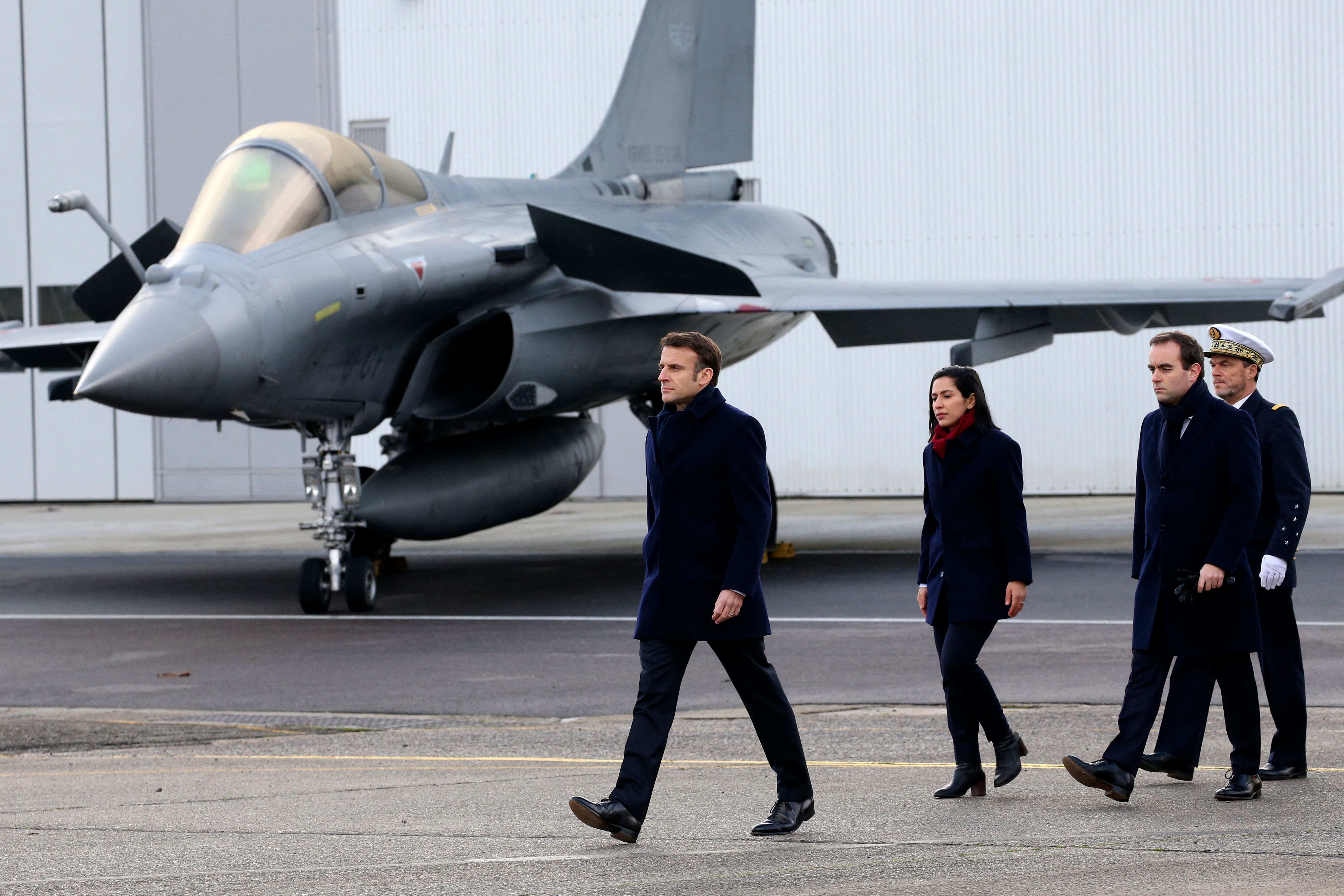SOURCE: AFI


The Dassault Rafale, a cornerstone of modern air forces like those of France, India, Egypt, and Qatar, is renowned for its multirole capabilities and advanced avionics. However, Dassault Aviation’s struggles to expedite upgrades, particularly the transition from Gallium Arsenide (GaAs) to Gallium Nitride (GaN) avionics, are raising concerns among operators. With a backlog of over 200 jets and an estimated eight-year timeline for critical upgrades, Dassault’s slow pace of modernization threatens operational readiness and strategic flexibility for countries relying on the Rafale.
The Rafale’s current avionics suite, built around GaAs-based technologies, is effective but increasingly outdated compared to next-generation GaN systems. GaN offers superior performance in radar, electronic warfare, and sensor systems, with enhanced power efficiency, range, and resistance to jamming. Upgrading to GaN is critical for maintaining the Rafale’s edge against advanced threats like China’s J-20 stealth fighter or Russia’s S-400 air defense systems. However, Dassault’s timeline for integrating GaN into the Rafale’s radar (notably the RBE2 AESA) and SPECTRA electronic warfare suite is projected to extend until 2033, a pace that has alarmed operators.
Dassault’s backlog of over 200 Rafale jets, including orders from India (36 jets), Qatar (36), Egypt (54), and Indonesia (42), among others, exacerbates the issue. The company’s production capacity, limited to approximately 1–2 jets per month, is strained, leaving little room for simultaneous R&D and upgrade programs. Posts on X highlight frustration, with users noting that Dassault’s reliance on a “single production line” and limited manpower hinders its ability to meet delivery timelines or accelerate upgrades. This bottleneck not only delays new deliveries but also slows the retrofitting of existing fleets with critical enhancements.
For countries like India, which operates 36 Rafales and has expressed interest in additional orders, Dassault’s slow upgrade cycle poses unique challenges. The IAF requires tailored modifications, such as integration of indigenous weapons (e.g., Astra missiles) and systems like software-defined radios compatible with India’s NavIC navigation system. However, Dassault’s rigid upgrade process and dependence on original equipment manufacturer (OEM) support limit customization options. Unlike competitors like Lockheed Martin or Boeing, which offer flexible upgrade packages for the F-35 and F-15EX, Dassault’s centralized approach means operators must wait for standardized upgrades, often aligned with France’s own requirements.
This dependency on the OEM for major upgrades, such as GaN avionics or software enhancements for new mission profiles, leaves operators like the IAF vulnerable to delays. For instance, India’s Rafales are yet to fully integrate certain India-specific modifications promised under the 2016 deal, with timelines repeatedly pushed back due to Dassault’s resource constraints. The IAF, facing squadron shortages (31 against a sanctioned 42 as of June 2025), cannot afford prolonged delays in enhancing its Rafale fleet to counter regional threats from China and Pakistan.
Operational Implications for Rafale Operators
Dassault’s sluggish upgrade process has several operational consequences for Rafale-operating air forces:
- Reduced Combat Effectiveness:
- The delay in transitioning to GaN-based systems limits the Rafale’s ability to counter advanced threats. GaN radars offer superior detection ranges and jamming resistance, critical for operations in contested environments like the Line of Actual Control (LAC) with China.
- Without timely upgrades, Rafales risk falling behind platforms like the F-35 or J-20, which leverage cutting-edge avionics for situational awareness and electronic warfare.
- Strategic Vulnerabilities:
- For India, the Rafale is a key asset for deep-strike and air superiority missions. Delays in upgrades could hinder its ability to perform Suppression of Enemy Air Defenses (SEAD) or integrate next-generation weapons, reducing its deterrence value.
- Other operators, such as Egypt and Qatar, face similar risks in regional conflicts, where outdated avionics could compromise mission success against adversaries with modern air defenses.
- Maintenance and Cost Overruns:
- Prolonged upgrade timelines increase maintenance costs, as older GaAs systems require more frequent servicing and are less efficient.
- Operators may face higher lifecycle costs, as retrofitting jets years later involves additional logistics and downtime, impacting fleet availability.
- Geopolitical and Procurement Challenges:
- India’s reliance on Dassault for upgrades limits its strategic autonomy, a key pillar of its defense policy. The IAF’s push for indigenous platforms like the Advanced Medium Combat Aircraft (AMCA) reflects frustration with foreign OEM dependencies.
- Other nations may reconsider future Rafale orders, turning to competitors like the Eurofighter Typhoon or F-35, which offer faster upgrade cycles or more flexible customization.
Dassault Aviation’s inability to swiftly upgrade the Rafale’s avionics, particularly the transition to GaN technology, poses significant challenges for operators like the Indian Air Force. With a backlog of over 200 jets and an eight-year timeline for critical upgrades, Dassault’s limited manpower and conservative approach risk undermining the Rafale’s combat effectiveness and strategic relevance. For countries like India, this translates to operational vulnerabilities, increased costs, and reduced strategic autonomy. As global air forces race to adopt next-generation technologies, Dassault must address its structural constraints and offer greater flexibility to maintain the Rafale’s position as a leading multirole fighter. For the IAF, balancing reliance on the Rafale with accelerated indigenous programs will be key to securing its airspace in an increasingly contested region.
NOTE: AFI is a proud outsourced content creator partner of IDRW.ORG. All content created by AFI is the sole property of AFI and is protected by copyright. AFI takes copyright infringement seriously and will pursue all legal options available to protect its content.